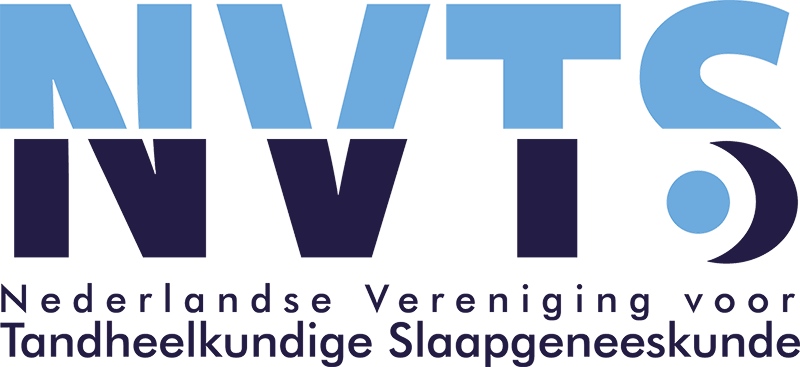Snoring: a dental sleep condition and an acoustic phenomenon

On February 24, 2023, PhD candidate Zhengfei Huang from ACTA will defend his thesis entitled 'Snoring: a dental sleep condition and an acoustic phenomenon' in Amsterdam. Zhengfei Huang received a contribution from NVTS for his defense costs. Below is a summary of the thesis.
Snoring is a common sleep-related breathing condition, affecting up to 78% of adult men and 59% of adult women. It is included as a so-called dental sleep condition in a relatively new offshoot of dentistry, namely 'Dental Sleep Medicine', which includes, among others, obstructive sleep apnea (OSA), sleep bruxism, temporomandibular disorders (TMD), sleep-related gastroesophageal reflux, and oral moistening disorders.
In this thesis, it was found that, among the dental sleep conditions, the presence of snoring was associated with higher probabilities of OSA, sleep-related gastroesophageal reflux, and headache attributed to TMD. In addition, snoring is also an acoustic phenomenon: severe OSA (apnea-hypopnea index ≥ 30 events/hour), non-rapid eye movement sleep stage 3 (N3), and supine position were found to be associated with more, longer, and louder snoring sounds.
In general, within-individual parameters (viz., sleep stage and sleep position) had significant effects on snoring sounds, while between-individual parameters (viz., age, gender, body mass index, and apnea-hypopnea index) only had limited effects on snoring sounds. Another finding in this thesis was that, in addition to loud snoring sounds, irregular snoring sounds were also associated with higher perceived annoyance.
This thesis discussed the informative nature of snoring sounds as well. It was found that, among others, the frequency of snoring sounds generated from lower-level obstructions of the upper airway were higher than those generated from upper-level obstructions. In addition, the reported accuracies of predicting obstruction sites of the upper airway based on snoring sound parameters ranged from 60.4% to 92.2%.



